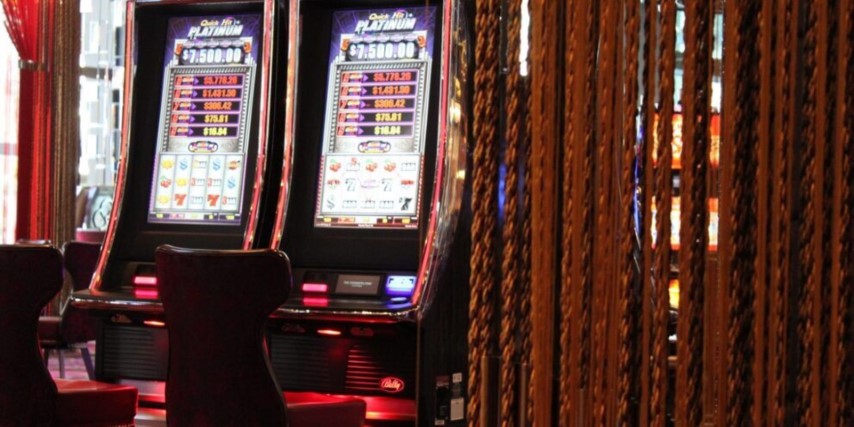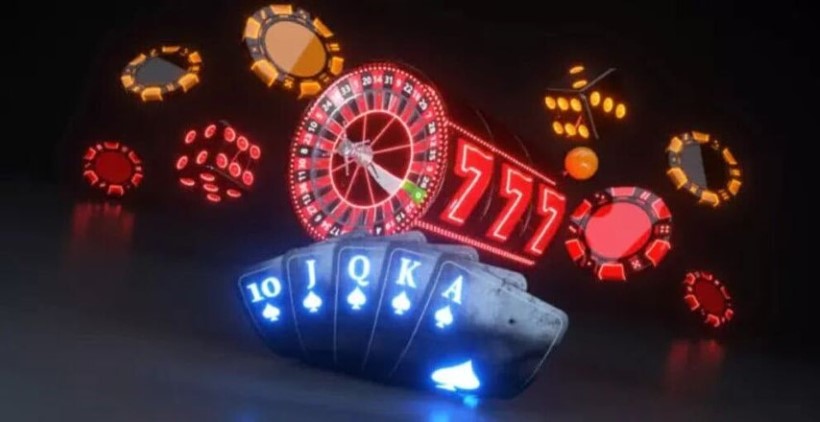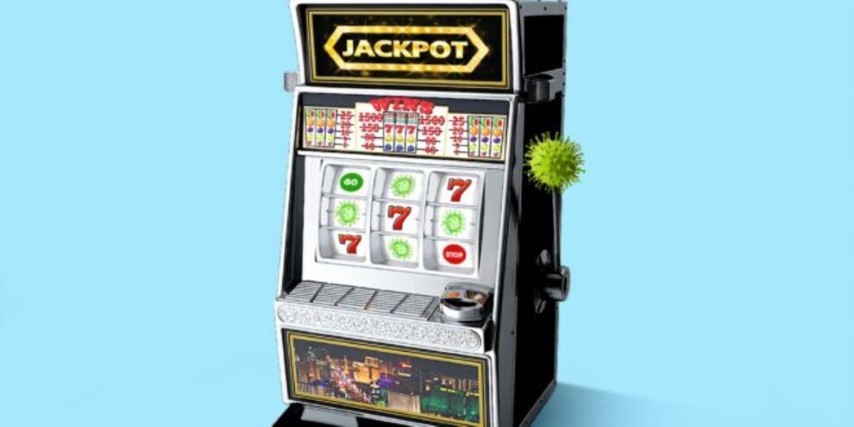There is a widespread misconception in the modern United States, which may or may not be held consciously, that all citizens are owners of Native Americans. As a result, Indians can be employed in any way they see fit. Why not, though? Before the modern era, Indianness was expressed through a variety of mediums, including engravings, drawings, coins, and medals, to name a few.
It hasn’t changed much since the founding fathers considered their culture to be part of their national heritage. Indian Dreaming is such a well-known brand that it stands out even among the thousands of Australian free pokies that do not require downloads or registration. It suggests that the Indian Dreaming culture is not yet on the verge of extinction, as it continues to permeate other domains, such as the current online pokies industry.
Modern-day United States’ preoccupation with Indians and stereotypical portrayals of Indians dates back hundreds of years. The renowned children’s classic, Peter Pan, contains descriptions that would astound a modern reader. A “redskin” is depicted wielding “tomahawks and blades” while their naked body is glistening with oil. Native Americans are frequently portrayed negatively, as lacking sophistication and engaging in uncivilized behavior. In other contexts, they play the roles of virtuous warriors and wise knowledge dispensers.
The indigenous peoples of North and South America have been portrayed as vicious since the Spanish conquest of the Americas in 1591. Then, in 1564 or 1565, the artist Jacques LeMoyne created a sketch titled “Indian Scalping,” which was published by the well-known engraver Theodor Debry. Various works of literature portrayed Indians negatively, depicting them as barbaric people who preyed on helpless Euro-Americans. During the latter half of the nineteenth and early twentieth centuries, Wild West exhibitions and other forms of art dramatized Indian raids on stagecoaches and cabins, as well as fake fights between the cavalry and the Indians.
As a result, European colonists and Euro-Americans posed a threat to North America’s indigenous peoples, who resisted fiercely in defense of their families and territory. Even though the appearance of a Native American in film dates back nearly as far as the United States of America, the character of an Indian in a play is rarely nuanced and complicated. In 1893, Thomas Edison demonstrated his kinetoscope for the first time in public at the Columbian World Exposition, where he performed a Hopi Snake Dance. The film gave the impression that there was an ethnographic exhibition of the unusual civilization of recently vanquished Native Americans. However, in the true sense of the term, it was a one-sided interpretation or representation of Native American culture, much like other works of art.
Even today, people profit from generalizations and the commercialization of Native Americans. For hundreds of years, retailers have used depictions of American Indians in their marketing and advertising to increase sales. Customers are familiar with the stylized Native American images found on baking powder and butter packaging. A chief, tomahawks, and knives are among the images. According to author Ralph Sessions, English tobacconists were among the first to capitalize on the Native American image. Images of Indians and other individuals associated with them were prominently displayed on the front of tobacco shops and products in the same way that neon signs and billboards are now.
To bring things up to date, the concept of Native Americans has permeated a wide range of industries and spheres today. Aside from the business world, Indian culture has spread to the entertainment industry, the media, sports, fashion, and a variety of other fields. The design of the team’s emblem, which bears the name of a fan-favorite professional football team from Seattle known as the Seahawks, is one striking example of this, as is the popularity of slot games such as Indian Dreaming pokies.
The Native American culture served as the inspiration for Aristocrat’s “Indian Dreaming” video slot machine. The distinct theme and freebies offered by the video slot machine with 5 reels and 3 rows entice players. The slot machine’s pay table includes well-known symbols such as the Indian Chief, tomahawks, totems, tepees, and bonfires.
- The wild symbol is the most valuable, and it pays out 9,000 coins when it appears five times in a row.
- The payout is 4,500 times the player’s original wager when five Buffalo scatter symbols appear on a line.
- The bonfire and the totem both pay 250 coins for five of a kind.
- Teepees can be purchased for 400 coins, while battle axes cost 800 coins.
There are over 1,000 different pokies, but Indian Dreaming stands out not only because of its theme but also because of the elements that are included within the game itself. To begin, the online pokies have an incredible 243 ways to win, and you only need to match two symbols to receive a payout from the slot machine. It offers a wide range of betting options, ranging from a single coin to 225 coins per spin. Furthermore, there are enough bonus elements in Indian Dreaming to keep your gameplay interesting.
If you get three scatter symbols in a row, you’ll get 10 free spins; if you get four or four in a row, you’ll get 15, or 20 free spins, respectively. Furthermore, you will have the opportunity to benefit from multipliers applied to your wager that range from 3x to 15x. The jackpot is worth 9000 coins and is the game’s top prize; however, to win it, you must land 5 Chief symbols on the reels. The slot machine known as Indian Dreaming is simple; there are no rules to it, and the player does not need to memorize anything to play it. Check out the simple instructions for playing the game.
Choose a website that allows you to play the slot machine for free or for real money. Locate the game you want to play and press the Play Now button. The control button for adjusting the size of your wager, as well as the paytable detailing how much each symbol is worth, are located on the interphase. Select your wager from the available options within the betting range, and then click the “Max Bet” button to bet the maximum amount possible across all pay lines.
To get the reels spinning, press the Spin button. The amount of your potential payoff will be displayed on the screen after you have successfully matched three or more symbols on the reels. In addition, after each win, you have the option to participate in the game’s gamble feature. If you use the gamble feature, you have the chance to win up to three times the amount of your original bet.
Aside from the entertainment value of playing pokies, each gamer’s main goal is to experience the exhilarating rush of positive emotions that comes with winning. Hitting it big in a slot game like Indian Dreaming, on the other hand, is dependent on several different factors. It is critical to examine the return to player percentage (RTP) as well as the volatility of the game before selecting a slot machine to play.
The “Return-to-Player” or “RTP” of a slot machine is a term used by casinos to define the return percentage that players receive while playing the slot machine. When it comes to winning, a higher value indicates a better chance of success. The volatility of a slot machine is also related to its return on investment (RTI).
The volatility decreases as the value approaches one hundred percent, and vice versa. The Indian Dreaming slot machine has a 98.99 percent return to player percentage and a medium level of volatility. This value gives players an estimate of the returns they can expect, such as $98 from 100 bets of $1 per spin. Each casino’s slot machines have a different payout percentage. Despite the restrictions and policies of approved gambling organizations, casinos can change the payout percentage of slot machines at any time.




